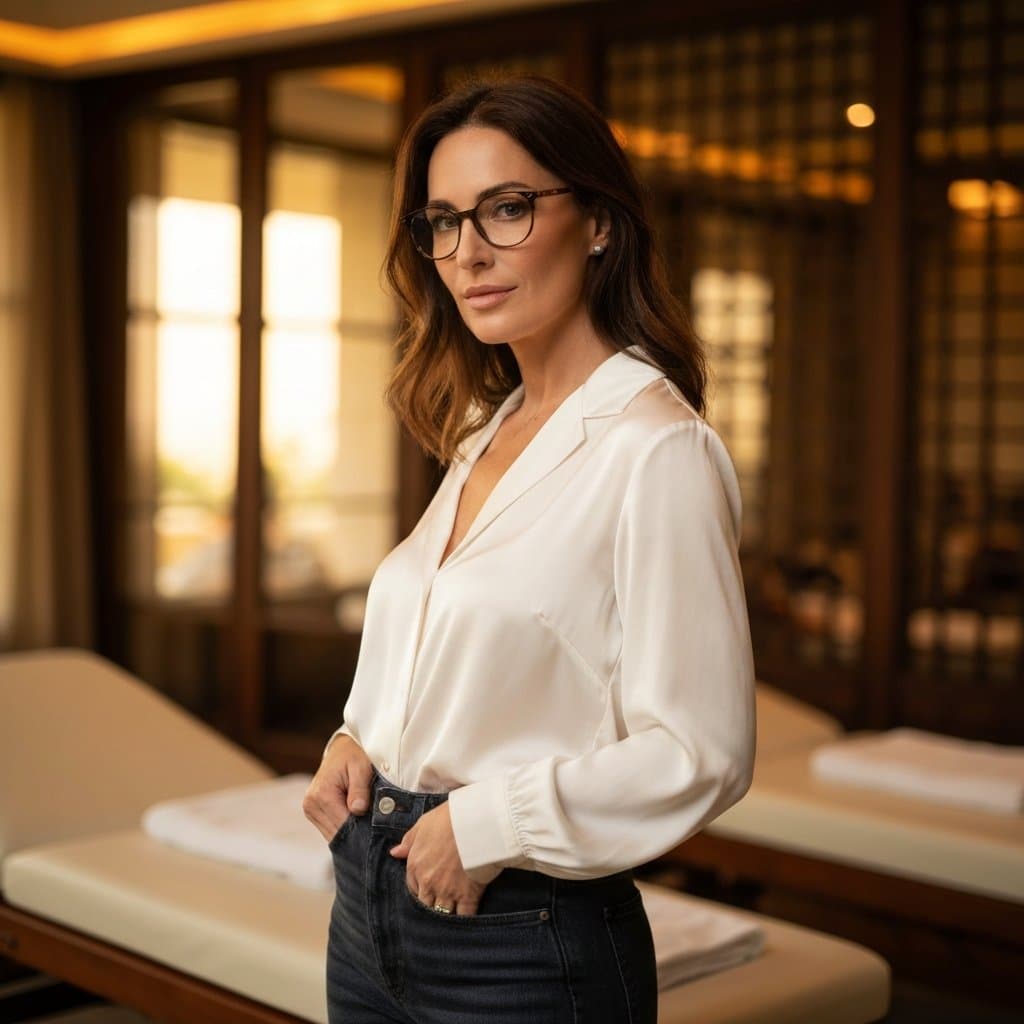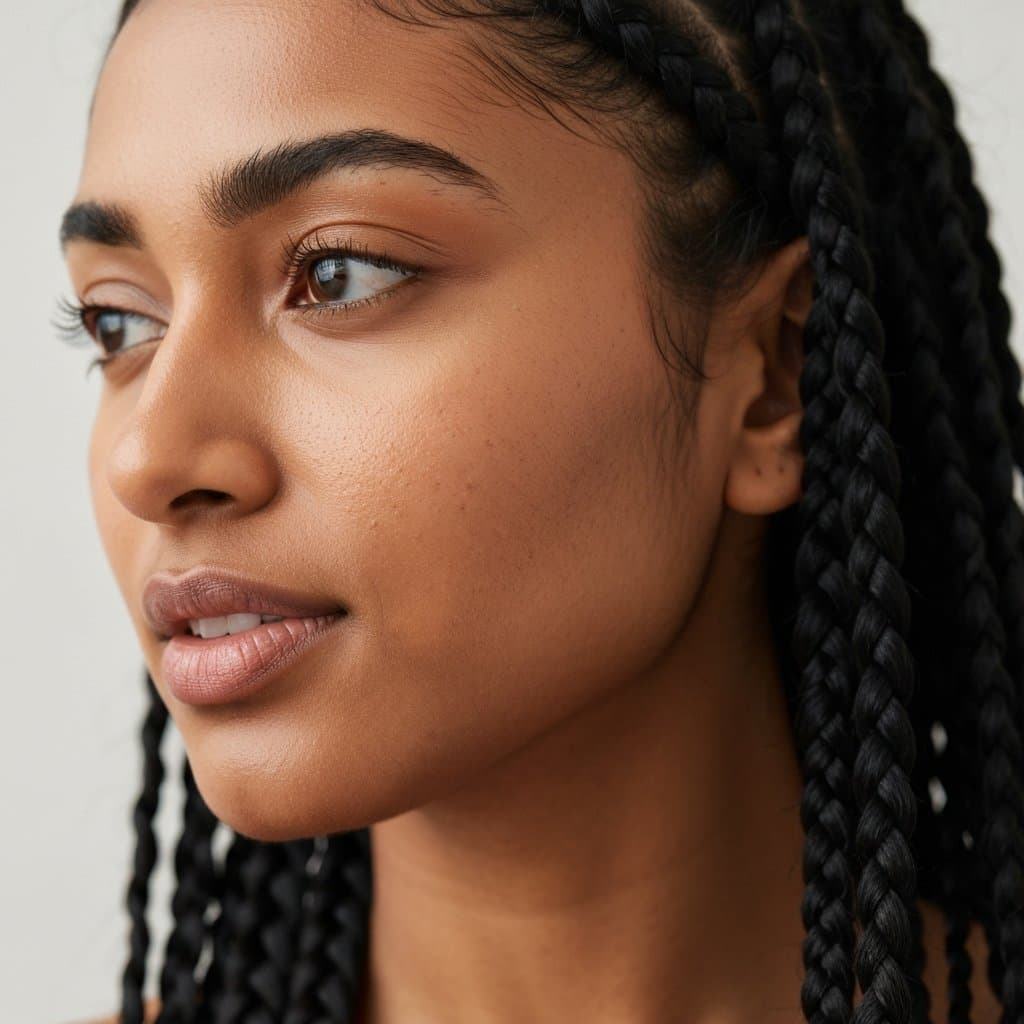Perfect Plaits: A Comprehensive Guide to Braided Hairstyles | From Cornrows to Box Braids
Introduction: The Timeless Allure of Braided Hairstyles
Braided hairstyles are more than just a trend; they are a timeless art form, a cultural statement, and a practical solution for hair management rolled into one. From the intricate cornrows that trace the scalp to the free-flowing elegance of box braids, these styles have graced heads for millennia, evolving in form but never losing their fundamental appeal. This comprehensive guide to braided hairstyles explores their rich history, diverse techniques, and modern iterations. Whether you're seeking a protective style to nurture your natural hair, a chic look for a special occasion, or a durable, everyday style, the world of perfect plaits offers a solution. Understanding the nuances of different braids, proper installation, and maintenance is key to unlocking their full potential, ensuring not only a beautiful look but also the health and integrity of your hair.

Braids are a testament to versatility. They can be simple and understated or complex and adorned, suiting any personality, age, or occasion. This guide serves as a deep dive into the most iconic braided hairstyles, the foundational techniques that create them, and the essential care routines that make them last. We will explore how to choose the right style for your hair type and face shape, the undeniable benefits of professional installation, and answer the most frequently asked questions about maintaining these intricate looks. Prepare to be inspired by the creativity and resilience embodied in every twist and plait, and learn how to make braided hairstyles a stunning and healthy part of your personal style journey.
The Enduring Legacy of Braids: A Cultural Tapestry
To truly appreciate braided hairstyles, one must understand their deep and profound cultural roots. Far from being a mere fashion statement, braids have historically served as signifiers of social status, marital status, wealth, religion, and ethnicity. In many African cultures, braiding is a communal art passed down through generations. The patterns could map out escape routes for the enslaved, identify a person's tribe, or signify their readiness for marriage. The Himba people of Namibia, for example, use intricate braid and paste combinations to denote life stages, while the Fulani people of West Africa are renowned for their traditional style featuring braids down the center and sides, often adorned with beads and cowrie shells.
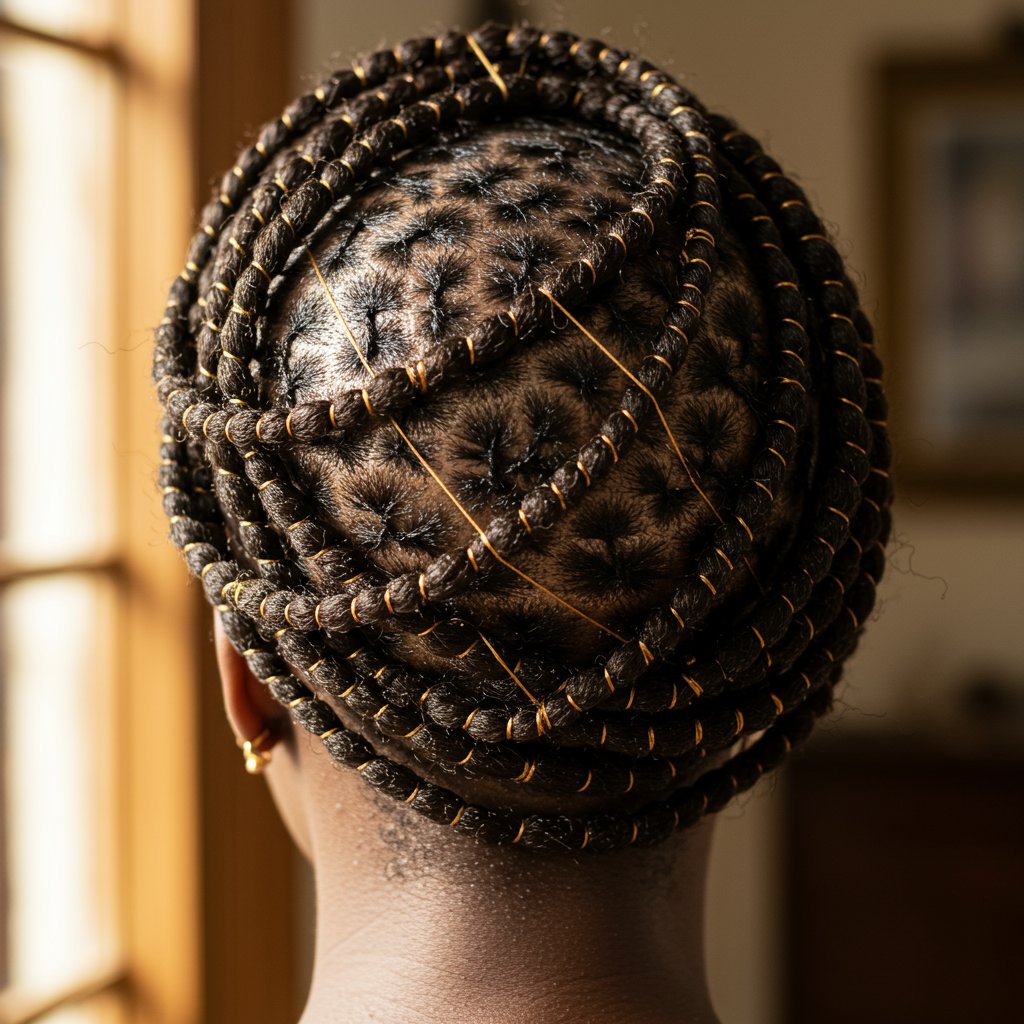
The legacy of braids extends across the globe. Evidence of braided hair has been found in ancient Egyptian art and artifacts dating back over 3,000 years. In ancient Greece, elaborate braids were a symbol of wealth and leisure. Norse and Viking warriors, both male and female, wore braids for practical reasons in battle, a tradition that has seen a resurgence in popular culture. Similarly, many Native American tribes have long traditions of braiding hair, often viewing the three strands of a braid as a representation of the body, mind, and spirit, woven together in strength. This rich, global history infuses every plait with a story, making braided hairstyles a powerful connection to heritage and identity.
Recognizing this history adds a layer of respect and appreciation to the craft. When a stylist creates a braided hairstyle, they are participating in a long-standing tradition of artistry and communication. Modern interpretations continue to evolve, blending traditional techniques with contemporary aesthetics, but the cultural heartbeat remains. It's a beautiful fusion of past and present, allowing individuals to express their personal style while honoring a rich, collective history. This cultural significance is what elevates braiding from a simple hairstyling technique to a profound form of self-expression and cultural celebration.
Foundational Braiding Techniques: The Building Blocks of Style
At the heart of every intricate braided design are a few foundational techniques. Mastering these basics is the first step for any aspiring braider and helps clients understand the structure of their chosen style. The most fundamental of all is the standard three-strand plait, where three sections of hair are passed over one another in a simple, repeating pattern. This technique is the basis for countless styles and is often the first one anyone learns. Its simplicity, however, belies its versatility, as it can be used to create everything from simple pigtails to the base of more complex updos.
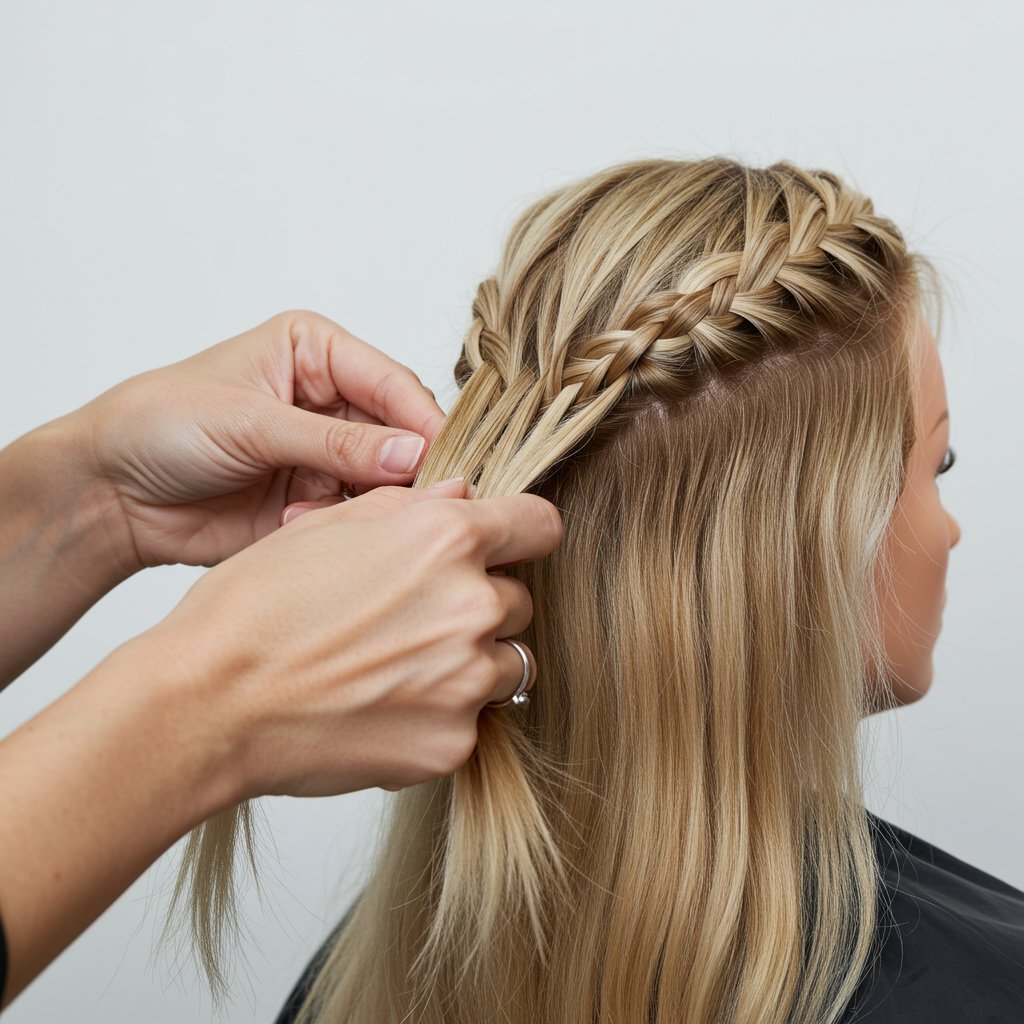
Building upon this is the French braid, an 'overhand' technique where the braid is woven flat against the scalp. The process begins with three small sections of hair at the hairline. As the braid progresses down the head, new hair is added to the outer strands from the loose hair on either side before they are crossed over the middle strand. This creates a smooth, inverted look where the plait appears to flow seamlessly from the hair. Its close cousin, the Dutch braid or 'underhand' braid, uses the same principle of adding hair but with a crucial difference: the outer strands are passed under the middle strand instead of over. This technique makes the braid pop up from the scalp, creating a more pronounced, three-dimensional effect often referred to as a 'boxer braid'.
Other core techniques include twisting and the creation of cornrows. Two-strand twists involve wrapping two sections of hair around each other, creating a rope-like effect that is gentler on the hair than some braids. Cornrows are a traditional African style of braiding the hair very close to the scalp, using an underhand, upward motion to make a continuous, raised row. They can be formed in simple, straight lines or fashioned into complex geometric and curvilinear designs. Understanding these building blocks—the three-strand plait, the overhand French braid, the underhand Dutch braid, twisting, and cornrowing—is essential to appreciating the artistry and skill that goes into creating the vast world of braided hairstyles.
Iconic Braided Hairstyles: A Style for Every Occasion
With a solid understanding of the basic techniques, we can explore the stunning variety of iconic braided hairstyles. Each style offers a unique aesthetic and level of complexity, ensuring there's a perfect match for every personality and lifestyle. These styles are not just beautiful; they are a canvas for personal expression.

Classic Cornrows: Sleek and Defined
Cornrows remain one of the most recognizable and versatile braided hairstyles. Created by braiding the hair close to the scalp, they can range from simple, straight-back designs to incredibly intricate patterns. Professional stylists excel at creating precise, clean parts, which are the hallmark of a flawless cornrow style. They are a fantastic protective option, keeping hair secure and minimizing daily manipulation. Cornrows can be styled on their own, combined with other styles like a ponytail or bun, or used as the foundation for extensions, wigs, or weaves.Box Braids: Versatility in a Box
Box braids are a beloved protective style characterized by their 'boxy' or square-shaped hair partings. Hair extensions are typically incorporated for length, thickness, and longevity. The variations are nearly endless: from micro braids to jumbo braids, and from waist-length to a chic bob. A modern evolution is the 'knotless box braid,' where the extension is fed into the natural hair gradually rather than knotted at the base. This method results in less tension on the scalp, a flatter lay, and a more natural-looking start to the braid, making it a popular choice for those with sensitive scalps.Goddess and Bohemian Braids: Effortless Elegance
For a softer, more romantic look, Goddess braids and their free-spirited cousin, Bohemian (or 'Boho') braids, are perfect. These styles are essentially box braids or cornrows with a twist: curly or wavy hair is left out at intervals along the braid and at the ends. This creates a beautiful, textured look that combines the structure of braids with the soft, flowing feel of loose curls. The result is an effortlessly chic and feminine style that looks stunning for vacations, weddings, or everyday wear. It requires specific types of extension hair and careful maintenance to keep the curly pieces from tangling.Fulani Braids: A Touch of Tradition
Also known as tribal or feed-in braids, Fulani braids are inspired by the traditional hairstyles of the Fula people in West Africa. The signature look typically involves a pattern of cornrows braided down the center of the head, with more cornrows braided from back to front on the sides. The ends of the braids are often adorned with beads, cuffs, or other accessories. This style is a beautiful way to pay homage to African heritage while rocking a modern, eye-catching look. The use of feed-in extensions helps create a natural, tapered effect from the hairline.Protective Styling: The Health Benefits of Braids
Beyond their aesthetic appeal, many braided hairstyles fall under the category of 'protective styles,' and for good reason. A protective style is any hairdo that tucks the ends of the hair away, protecting them from environmental damage, breakage, and over-manipulation. The ends are the oldest and most fragile part of the hair shaft, and keeping them shielded is crucial for retaining length and promoting healthy hair growth. Braids, particularly those with extensions like box braids or twists, are exceptionally effective at this, as they encase the natural hair, giving it a much-needed break from daily styling stressors like heat, combing, and brushing.
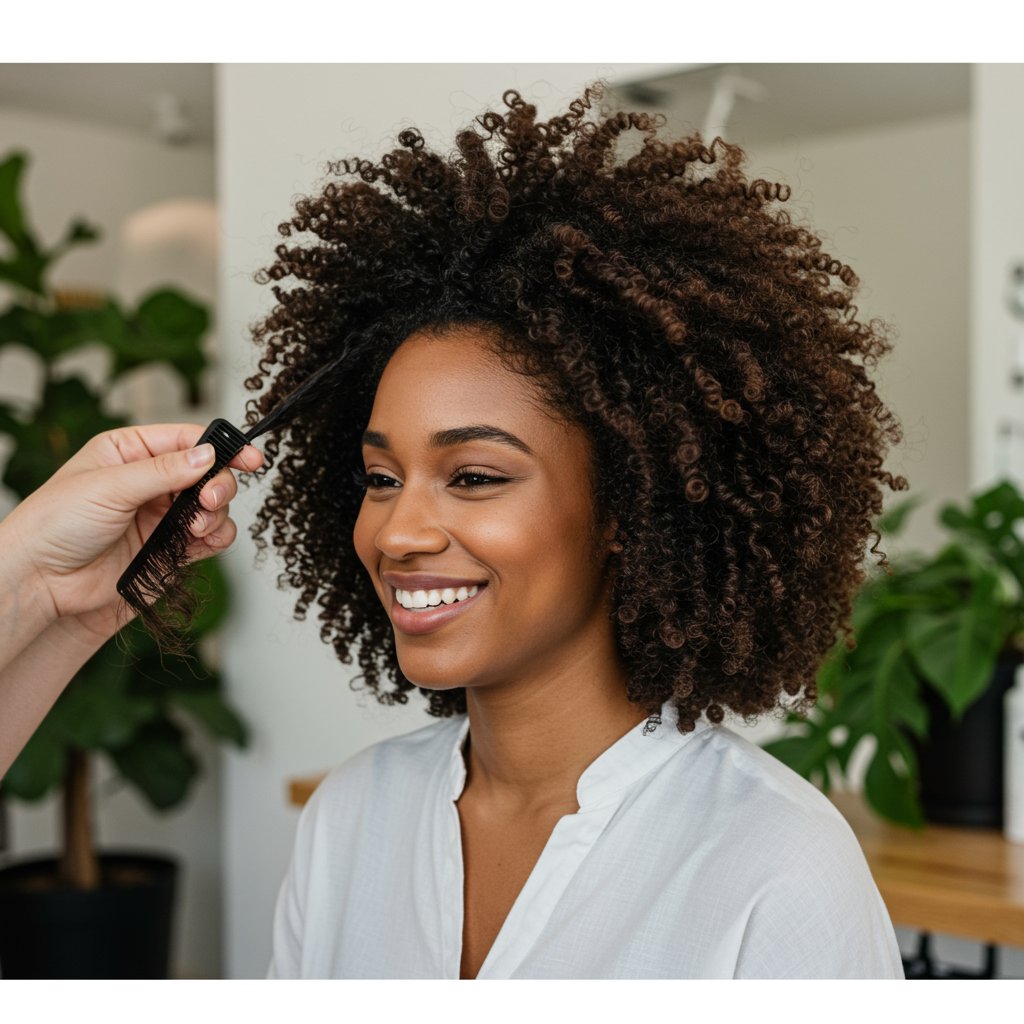
This 'rest period' can be incredibly beneficial for hair health. By minimizing daily handling, you reduce the risk of mechanical damage and breakage, allowing the hair to grow stronger and longer. Furthermore, with the hair neatly tucked away, it's better protected from harsh weather conditions like drying sun, wind, or cold. This can help the hair retain moisture more effectively, which is vital for preventing brittleness and split ends. A well-installed braided hairstyle provides a stable, low-manipulation environment where your hair can simply thrive without interference.
However, the 'protective' quality of a style is entirely dependent on its installation and maintenance. A style that is too tight can cause excessive tension on the hair follicles, leading to a condition called traction alopecia, or hair loss. This is why seeking a professional stylist is paramount. An experienced braider understands how to achieve a secure hold without pulling too tightly, ensuring the scalp and hair edges remain healthy. Proper care at home—including moisturizing the scalp, cleansing properly, and not leaving the style in for too long—is equally important to reap the full health benefits of braided hairstyles.
Choosing the Right Braid for Your Hair Type and Face Shape
Selecting the perfect braided hairstyle involves more than just picking a photo you like; it's about finding a style that complements your unique features and works with your hair's natural characteristics. An experienced stylist can provide an invaluable consultation, but understanding the basics can empower you to make an informed choice. Your hair's density, texture, and length are the first factors to consider. For those with fine or low-density hair, heavy, jumbo braids might cause too much tension. Lighter options like micro braids, knotless braids, or simple cornrows without extensions might be more suitable. Conversely, those with thick, high-density hair can typically support heavier and more voluminous styles with ease.
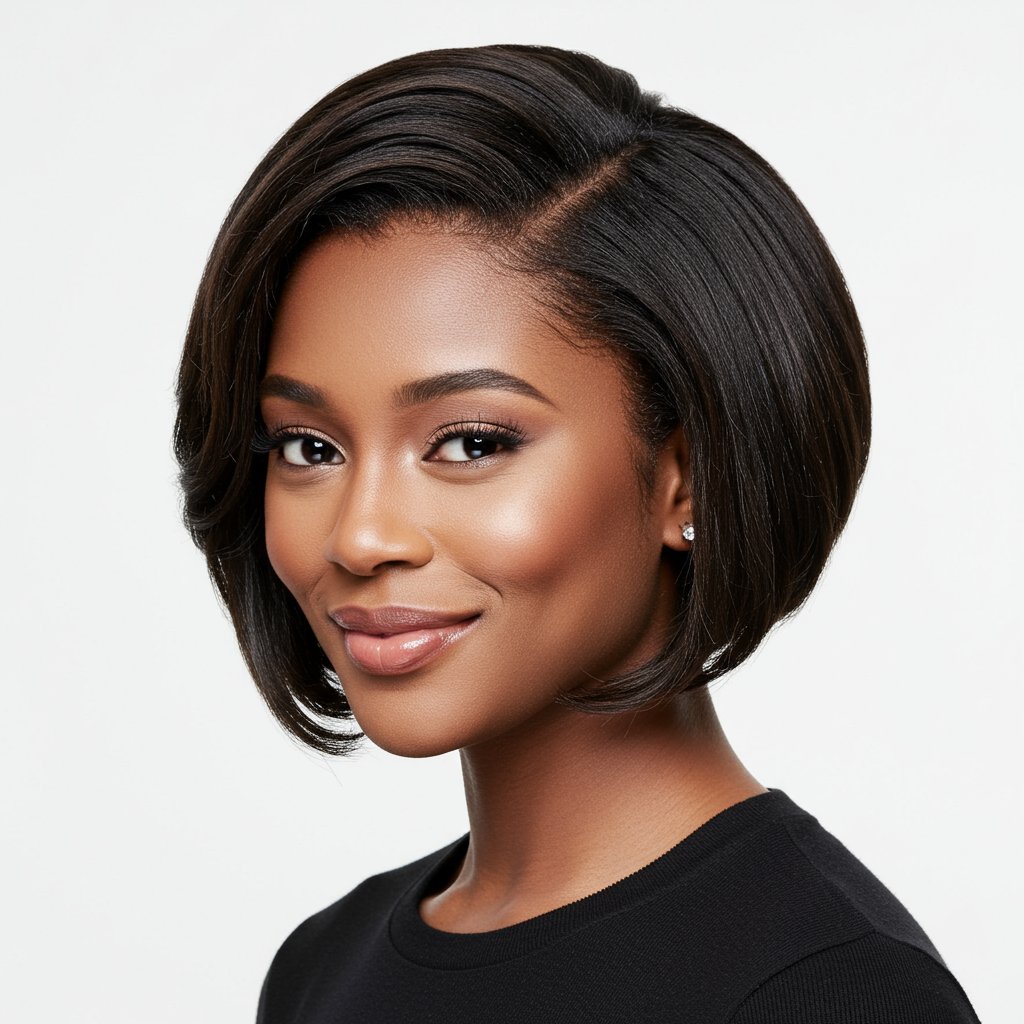
Your face shape also plays a significant role in determining the most flattering braided look. For an oval face, considered the most versatile, almost any style works beautifully, from long box braids to an elegant crown braid. For a round face, styles that add height and volume on top are ideal. Think a high braided ponytail, Fulani braids with a central braid, or braids styled in a top knot. These draw the eye upward, elongating the face. For a square face with a strong jawline, softer styles with curves and waves can be very flattering. Goddess or Bohemian braids with their curly tendrils can soften angular features, as can side-swept cornrows.
For those with a heart-shaped face, which is wider at the forehead and narrower at the chin, styles with more volume at the bottom are a great choice. A braided bob or shoulder-length box braids can help create the illusion of a wider jawline, balancing the facial proportions. Ultimately, these are just guidelines, and personal preference is key. The goal is to choose a braided hairstyle that makes you feel confident and beautiful, and a professional can help you adapt any style to best suit you.
The Professional Touch: Why Salon Braiding Matters
While DIY braiding is possible for simpler styles, entrusting complex braided hairstyles to a professional stylist is an investment in the health of your hair and the quality of the final look. The difference between an amateur job and a professional one is immediately apparent in the details. One of the most critical aspects is parting. A professional braider has the skill and tools to create perfectly straight, clean, and consistent parts, which form the foundation of a polished look, whether it's for box braids or cornrows. This precision is difficult to achieve on your own, especially on the back of your head.
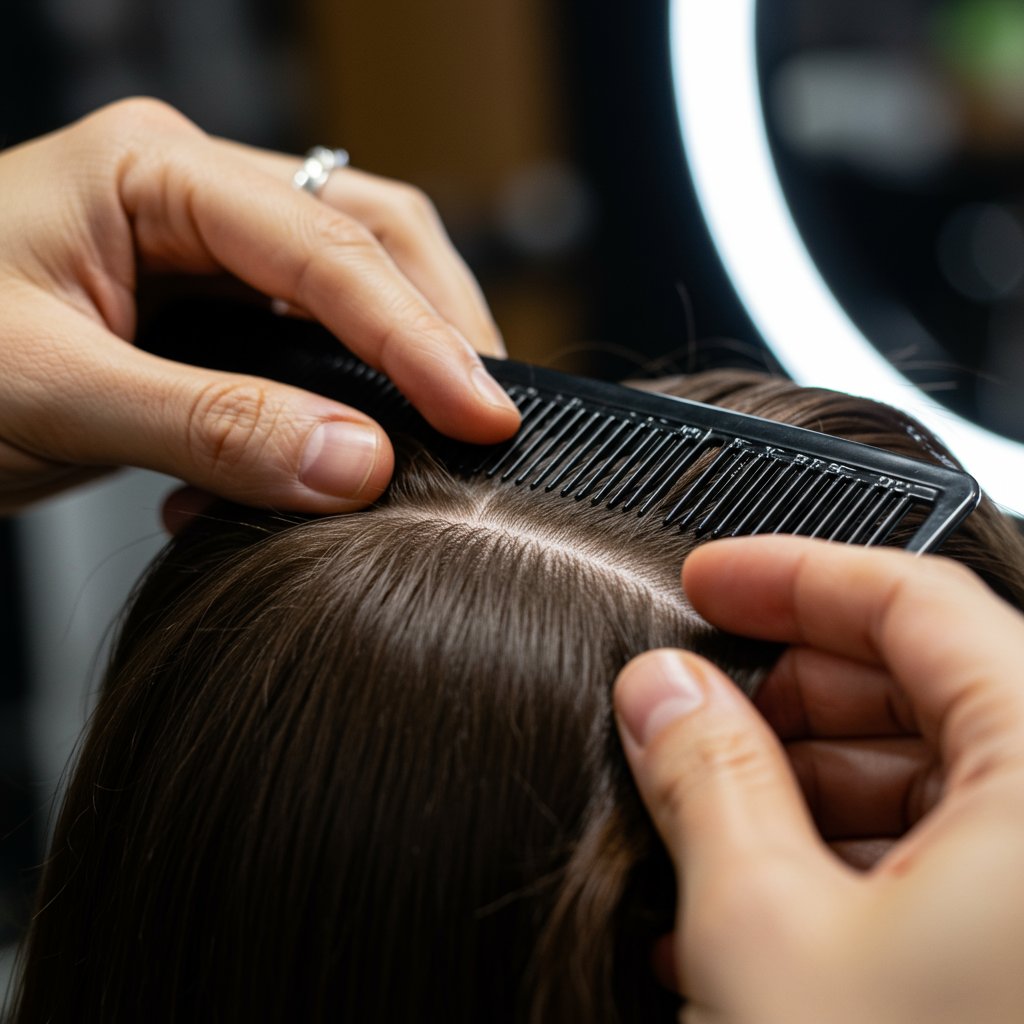
More importantly, a professional stylist is trained in tension management. They know how to grip the hair securely to create a long-lasting style without putting excessive stress on the scalp and hair follicles. As mentioned earlier, braids that are too tight can lead to headaches, breakage, and even permanent hair loss (traction alopecia). A professional ensures the health of your scalp and edges is the top priority. They also have a deep understanding of different hair types and can recommend the best style and extension type for your specific texture and density, ensuring the style is not too heavy for your natural hair to support.
Furthermore, professional salons have access to high-quality products and tools that contribute to a better, longer-lasting style. From the pre-styling treatments that prepare the hair to the specific types of extension hair used, a stylist's expertise in product selection makes a significant difference. They can complete the style far more efficiently and with a level of artistry that comes from years of practice. Investing in a professional service means you're not just paying for a hairstyle; you're paying for expertise, precision, safety, and a beautiful, worry-free result that truly protects and enhances your hair.
Mastering Braid Maintenance: Tips for Longevity and Health
Once you have your perfect plaits, proper maintenance is crucial to keep them looking fresh and to protect your natural hair underneath. A good care routine will extend the life of your style and prevent issues like product buildup, dryness, and an itchy scalp.
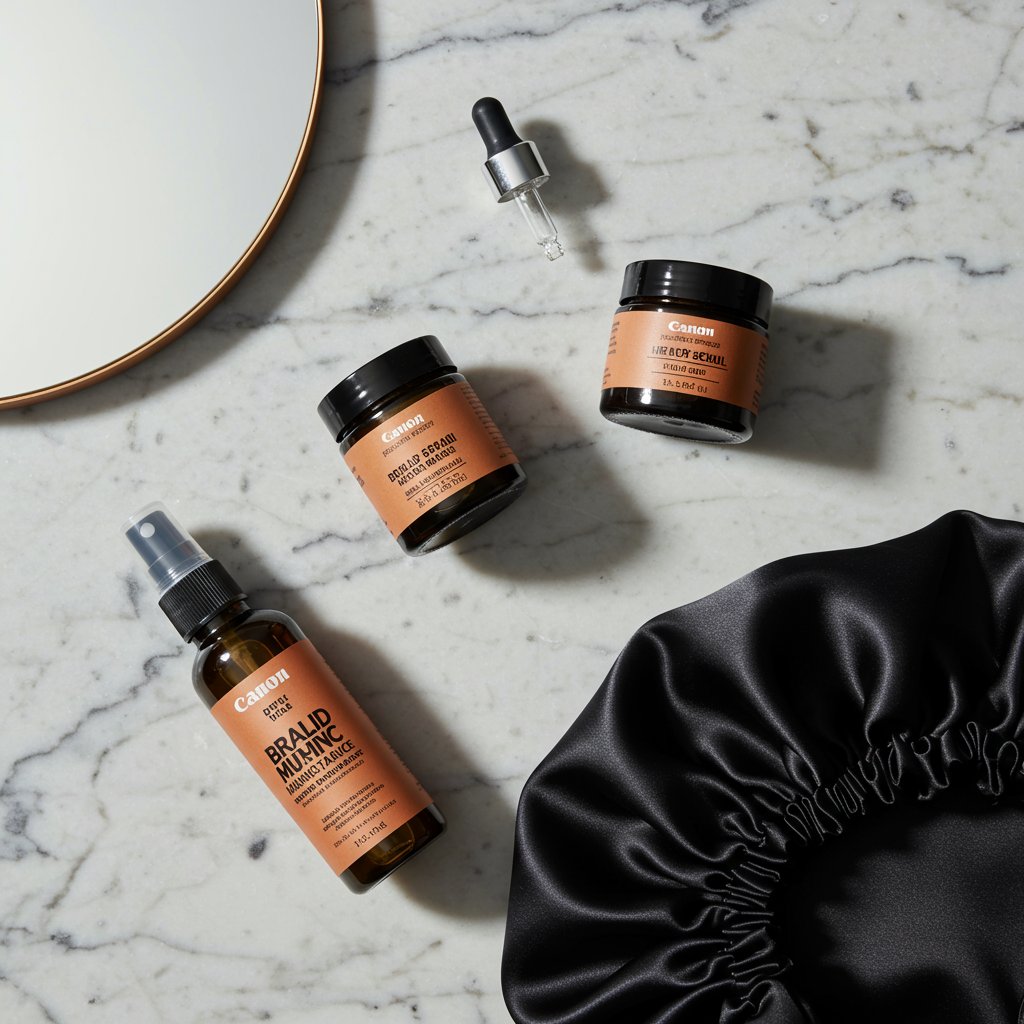
- Protect Your Braids at Night: This is non-negotiable. Friction against cotton pillowcases can cause frizz, dryness, and breakage. Always sleep with your braids covered in a silk or satin scarf, bonnet, or by using a silk/satin pillowcase. This simple step keeps your braids smooth and your hair moisturized.
- Keep Your Scalp Clean and Moisturized: A clean scalp is a healthy scalp. While you won't be washing your hair as frequently, you still need to cleanse your scalp. Use a diluted shampoo solution in a nozzle-tip bottle to apply it directly to the scalp. Gently massage with your fingertips (not nails) and rinse thoroughly. Follow up by applying a lightweight leave-in conditioner or braid spray to your hair. To combat dryness and itchiness, apply a light, natural oil like jojoba or tea tree oil to your scalp every few days.
- Avoid Over-Styling: While braids are versatile, constantly pulling them into tight, high ponytails or buns can put stress on your hairline. Give your edges a break by wearing your braids down or in loose, low-tension styles as often as possible.
- Know When to Say Goodbye: All good things must come to an end. Leaving braids in for too long can lead to matting, tangling, and buildup at the root of your natural hair. Most braided styles with extensions should be kept in for 4 to 8 weeks. Listen to your hair and scalp; if you notice excessive new growth or your scalp feels tender, it's time for a takedown.
Your Braided Hairstyle Questions Answered
Here are answers to some of the most common questions about getting and maintaining braided hairstyles.
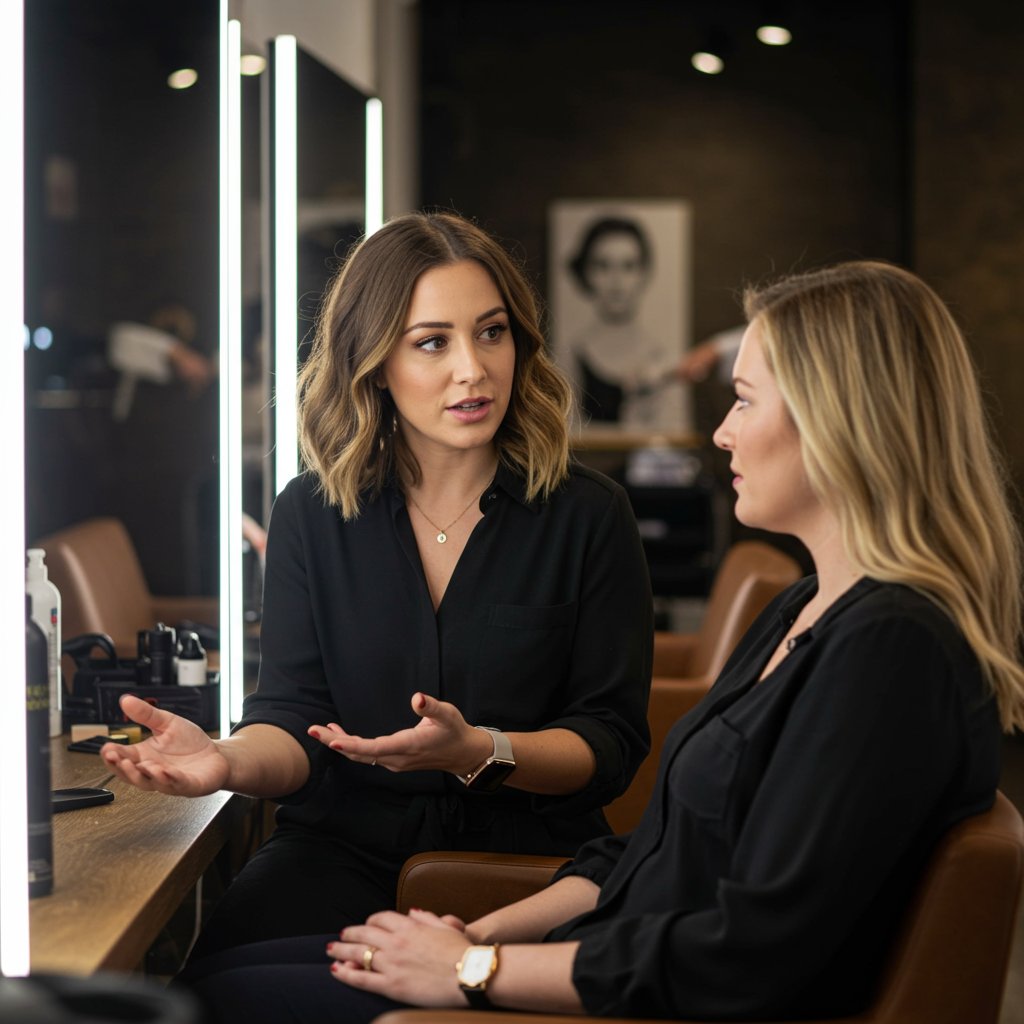
How long do box braids typically last?
With proper care, box braids can last between 4 to 8 weeks. It's generally not recommended to keep them in for longer than 8 weeks to prevent potential damage, matting of new growth, and excessive buildup on the scalp. The longevity also depends on the size of the braids and your hair's growth rate.Can braided hairstyles damage my hair?
Braided hairstyles themselves are not damaging; they are protective. Damage occurs from improper installation (braids being too tight or too heavy) or poor maintenance (lack of moisture, leaving them in too long). Always choose an experienced stylist who prioritizes hair health to prevent issues like traction alopecia.How do I wash my hair with braids in?
Focus on the scalp. Dilute your shampoo with water in an applicator bottle and apply it directly to your scalp. Gently massage with the pads of your fingers. When rinsing, let the water run down the length of the braids. It's best to squeeze the braids gently rather than rubbing them to avoid frizz. Always ensure your braids are completely dry to prevent mildew.What's the difference between knotless and traditional box braids?
Traditional box braids start with a small knot at the base of the scalp where the extension hair is secured. Knotless box braids use a feed-in method, where the extension hair is gradually added to your natural hair. This results in a flatter, more natural-looking braid that places significantly less tension on the scalp.How can I relieve an itchy scalp with braids?
An itchy scalp is common and can be caused by dryness or tension. Do not scratch with your nails. Instead, gently tap the itchy area. You can also apply a soothing scalp serum or a natural oil like tea tree oil, peppermint oil, or witch hazel diluted with a carrier oil using a cotton swab or a nozzle bottle.Can I get braids with fine or thin hair?
Absolutely. The key is to choose the right style. Opt for lighter, less dense styles like micro braids or knotless braids without excessive length. Avoid heavy jumbo braids that can cause too much tension on finer hair strands. A professional consultation is crucial to select a safe and flattering option.Conclusion: Embrace the Artistry of Braids
Braided hairstyles are a powerful and beautiful form of self-expression, deeply rooted in history and culture yet constantly evolving with modern trends. From the sleek definition of cornrows to the bohemian chic of Goddess braids, there is a style that can perfectly capture your personality while providing immense benefits for your hair's health. They offer a unique combination of artistry, practicality, and protection that few other hairstyles can match.
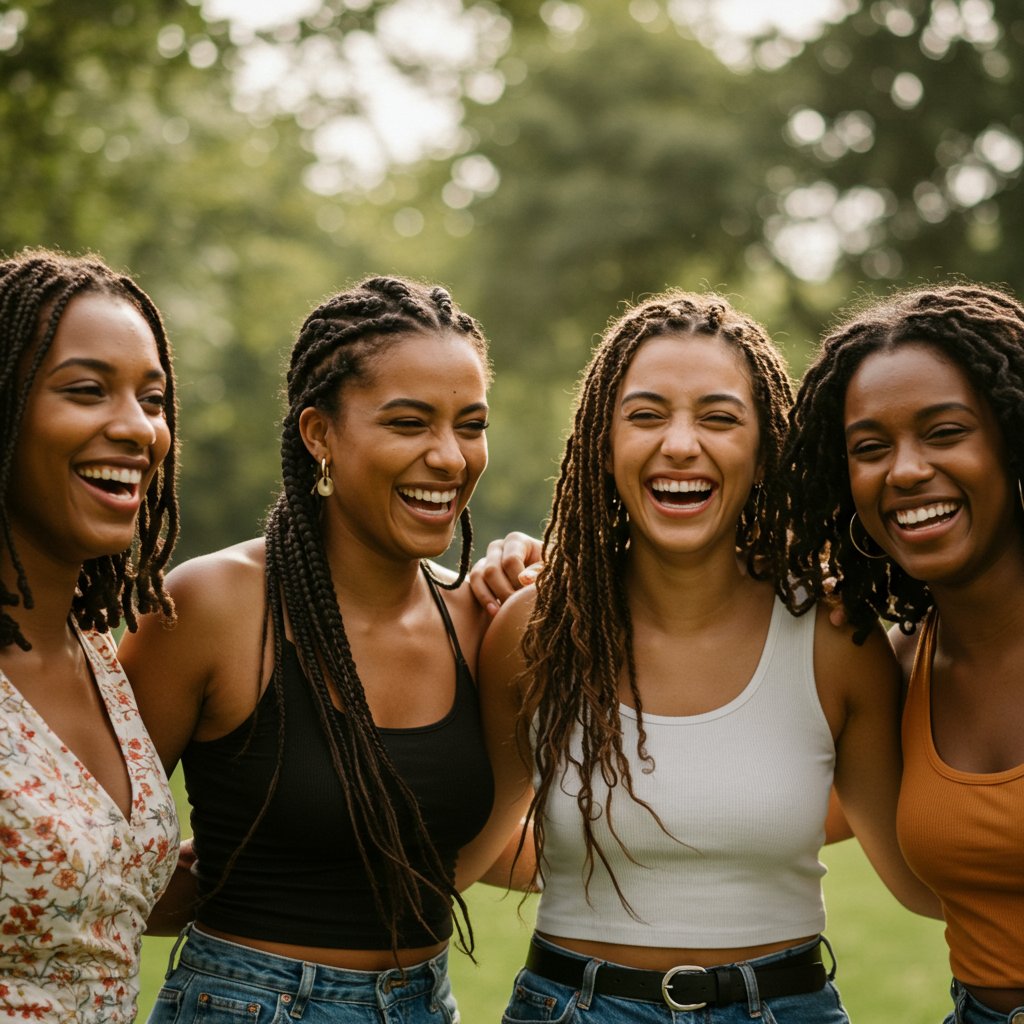
Understanding the fundamentals—the techniques, the maintenance, and the importance of a professional touch—is the key to a successful and enjoyable braiding experience. By choosing the right style for your hair and committing to a solid care routine, you can enjoy a stunning, low-maintenance look that also nurtures your natural hair. Whether you're a long-time braid enthusiast or considering them for the first time, we encourage you to explore the endless possibilities and consult with an experienced stylist to bring your vision of perfect plaits to life.
